Mountain king dissected – for art’s sake
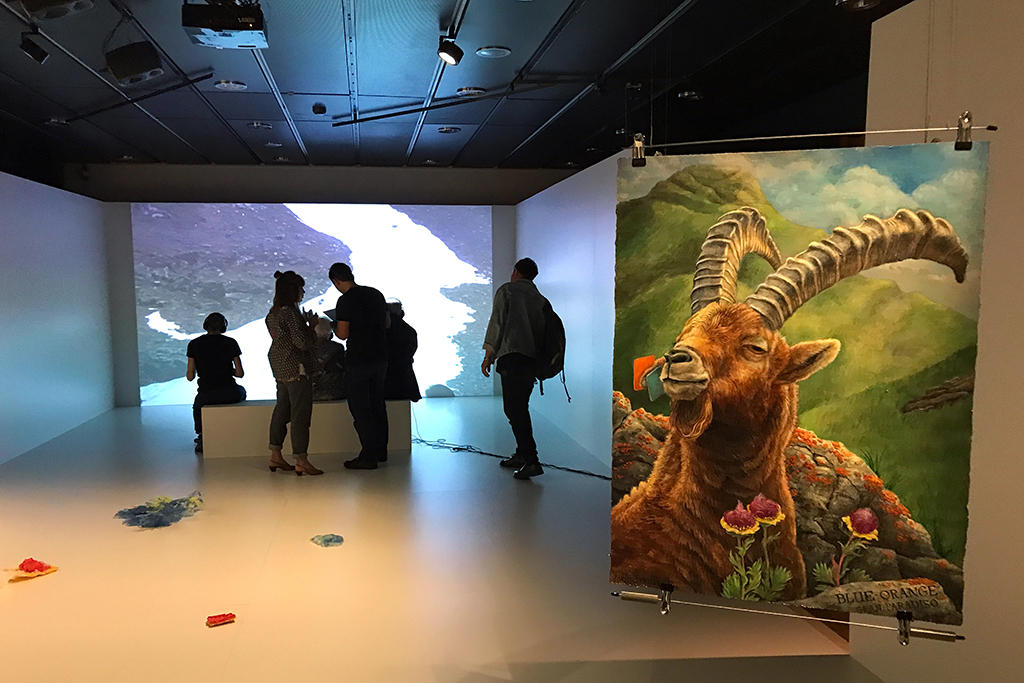
Horns of all sizes, melted lab equipment, cluttered desks, big screens and a painting of an ill-yet-beloved animal: they all share a roof with hundreds of taxidermy specimens, including the Alpine ibex.
Walk into a zoological museum and you’d expect to see a bunch of fossils and dead animals. But an art installation? A show at the University of Zurich’s Zoological MuseumExternal link features art inspired by the scientific study of Switzerland’s king of the mountains: the iconic Alpine ibex.
When American artist Edward MonovichExternal link took a summer sabbatical in Switzerland, he found a muse in the sturdy, goat-like animal. He was also intrigued by the story of their Swiss extinction and reintroduction, and by the implications of their limited gene pool.
So-called bottlenecks have been a challenge for Alpine ibex. These happen when a population becomes very small – causing a loss of genetic diversity, which can then have a negative impact on a population’s well-being.
Ibex in Switzerland
Ibex became extinct in the Swiss Alps in the first half of the 19th century. In 1906, the Swiss authorities hired poachers to cross the border into Italy and capture a number of kids. A successful breeding project made it possible to start the Augstmatthorn colony in the Bernese Oberland. Later, Italian Prime Minister Benito Mussolini gave Switzerland additional animals. Today, about 17,000 ibex live in Switzerland; throughout the Alps there are about 40,000.
“This one study I found – which started out asking about the current genetic fitness of the ibex – ended up telling a cultural and physical story of the geography of Switzerland,” recalls the artist, who teaches at the Massachusetts College of Art and Design. “To me, a good artwork works that way; it functions on many levels.”
He’s referring to a study led by Lukas KellerExternal link, a professor at the University of Zurich’s Institute of Evolutionary Biology – and the director of the school’s extraordinary zoological museum.
“Most populations in the Alps are growing well, and there’s no immediate need to do anything about it. But some aren’t, so those are populations where one might consider releasing animals from a different genetic background,” says Keller, who advises the Swiss government on the subject.
Artists-in-labs
Perhaps the most eye-catching work of Displacements – Art, Science and the DNA of the IbexExternal link is Monovich’s diptych called Blue-Orange, like the tags on the animal’s ear. Painted in acrylic in a formal portrait style, it shows a male ibex that made a lasting impression on the researchers observing him.
On the opposite side of the headshot is a circular visualization of Blue-Orange’s DNA – which looks rather like an iris with no pupil. A blip shows where the animal’s ancestors bred with goats. Blue-Orange died of chronic pneumonia at age 11, several years after scientists began studying him in the field.
“Compared to the younger and healthier individuals, he looked a bit odd, and he became a special animal for us,” noted researcher Alice Brambilla, whose printed one-page story of Blue-Orange is also on display in Zurich. “He was nicknamed ‘the philosopher’ since he spent hours staring at the sky, as if he was contemplating the universe.”
In addition to Monovich, three other artists – all from the Zurich University of the Arts (ZHdK) – also contributed as part an ongoing artists-in-labsExternal link project.
One of them is Magda Drozd, whose installation, which involves melted equipment strewn on the floor, looks like the aftermath of a lab accident. She got the idea while observing evolutionary biologists and the precise and repetitive manner in which they work with tiny DNA samples. She even composed an unusual soundtrack.
But even if there’s no curator or artist present to explain the works, notes, sketches, objects and video interviews with the artists, as well as the scenographer who designed the exhibition, tell the story.
Over the past three years, Monovich has visited Switzerland regularly to sketch, film and gather input. This summer he built and painted a climbing structure in Zernez, an alpine community in Switzerland’s southeast, to commemorate the first successful reintroduction of Alpine ibex in the Swiss Alps.
Occasionally, he morphs into a hybrid creature called “Steinbockovich” and walks around in an ibex mask – also on display in Zurich. He even managed to install cameras on the collars of some ibex in the Swiss national park, and the result is a 15-minute film that will debut in Zernez in December.
After all these experiences, what does a Swiss icon like ibex mean to an artist from Boston?
Displacements – Art, Science and the DNA of the Ibex
The exhibition is a collaborative project between “artists-in-labs” at Zurich University of the Arts (ZHdK) and the Zoological Museum of the University of Zurich (UZH).
Students at ZHdK and American artist Edward Monovich engaged with scientific research on ibex to create artistic works.
Curators: Irène Hediger, head of the artists-in-labs program at ZHdK; Lukas Keller, director of the UZH Zoological Museum
Artists: Magda Drozd, Nicola Genovese, Edward Monovich, and Aurélie Strumans
Scenographer: Cornelia Zierhofer

In compliance with the JTI standards
More: SWI swissinfo.ch certified by the Journalism Trust Initiative

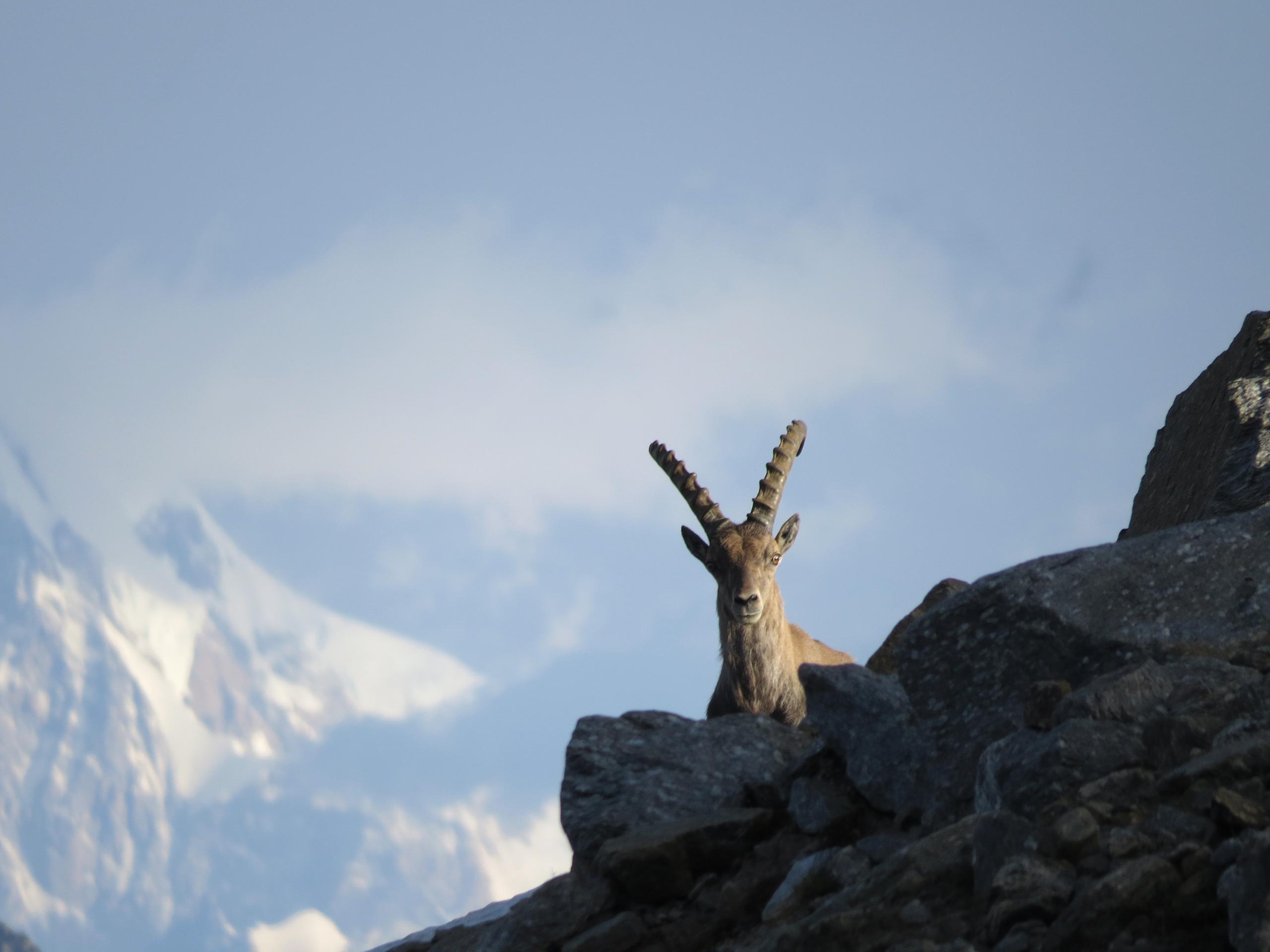
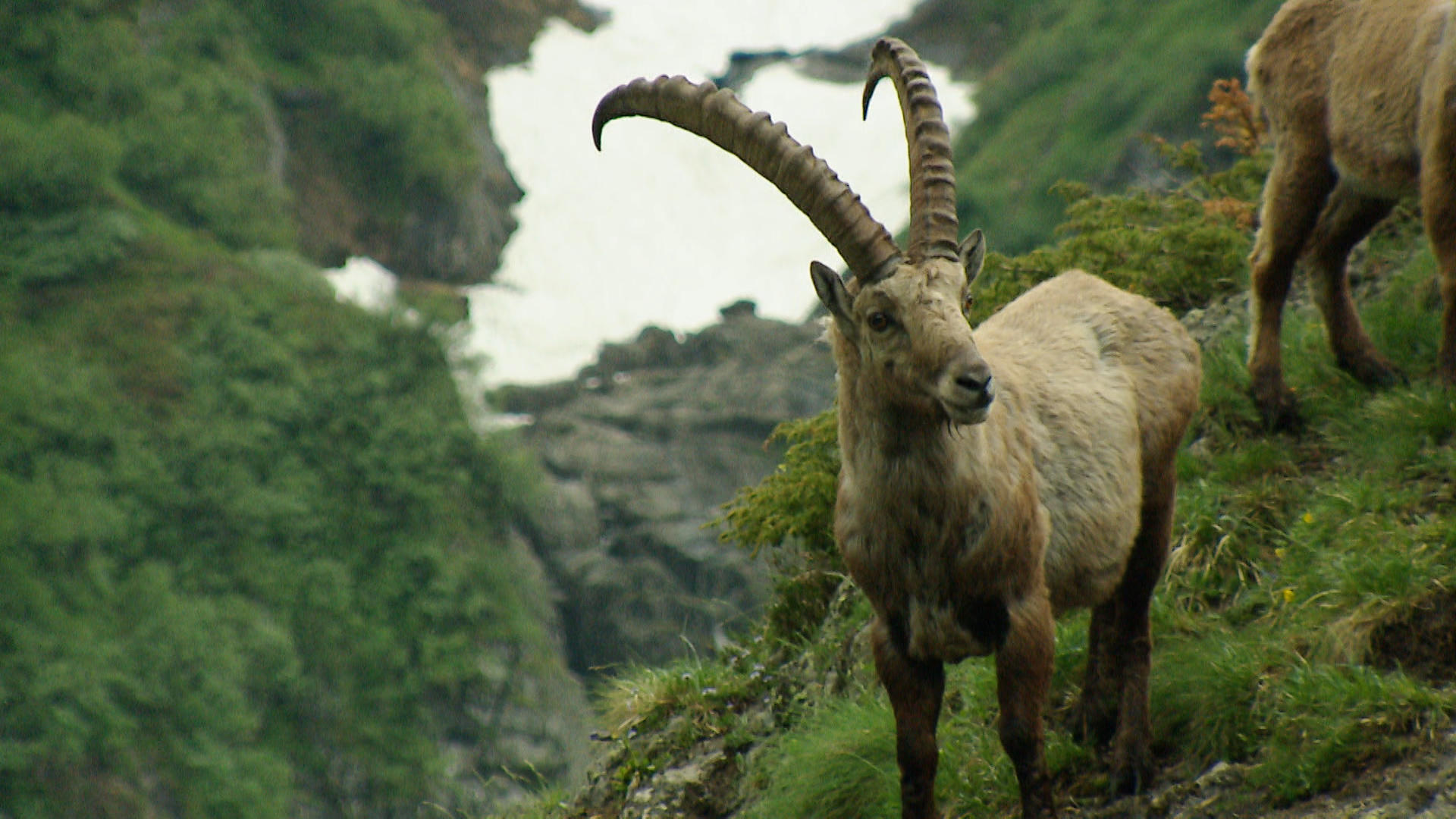
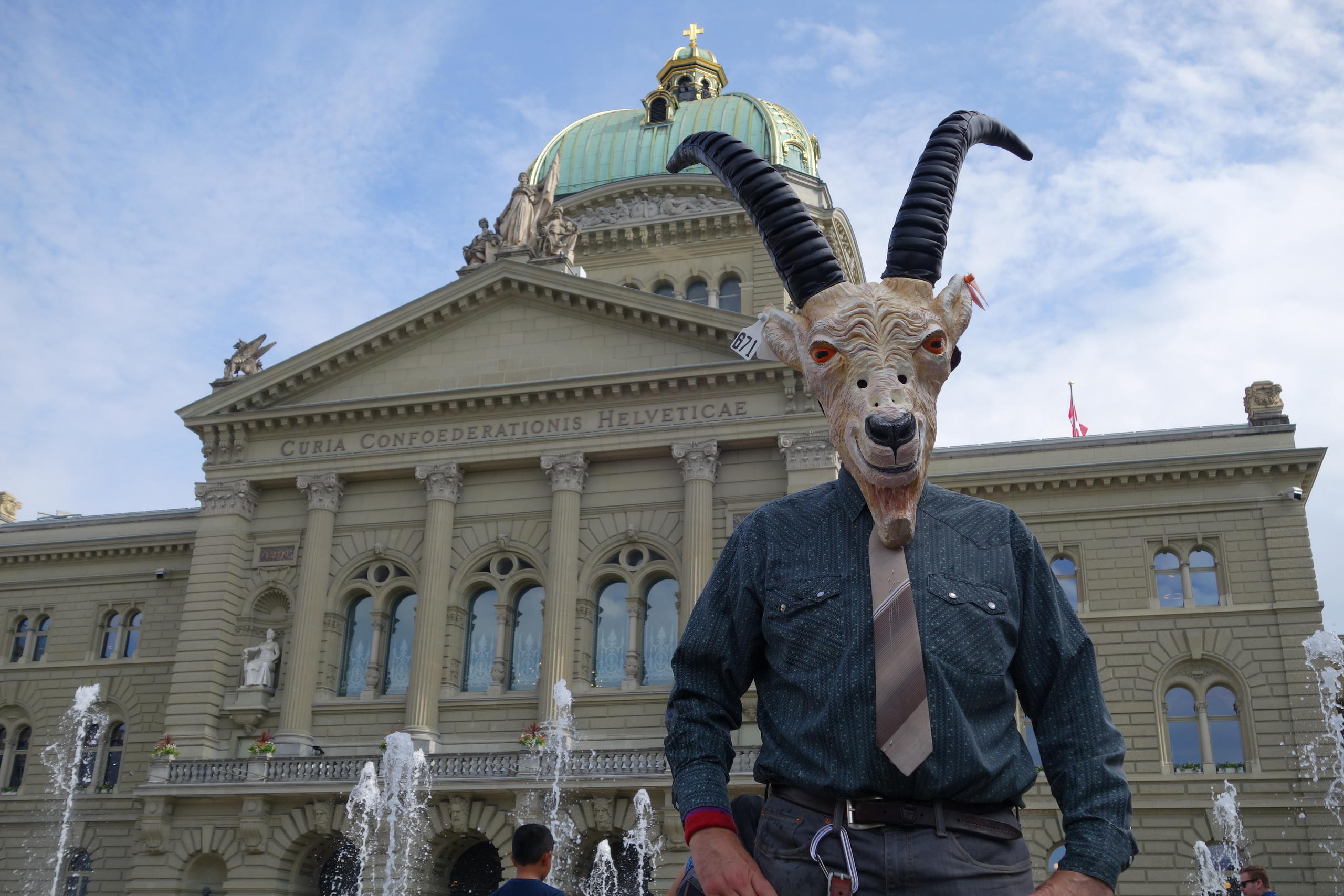
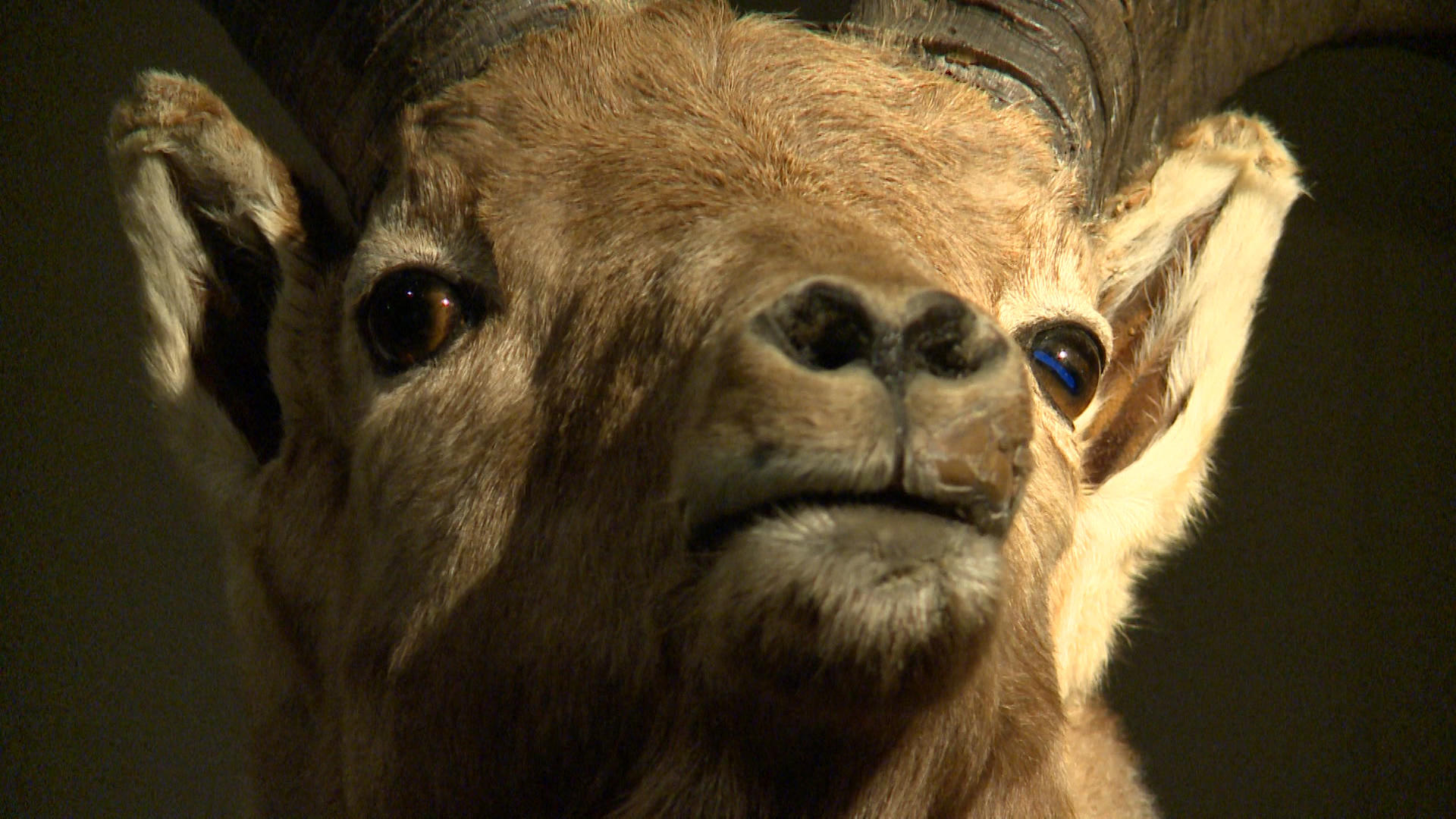
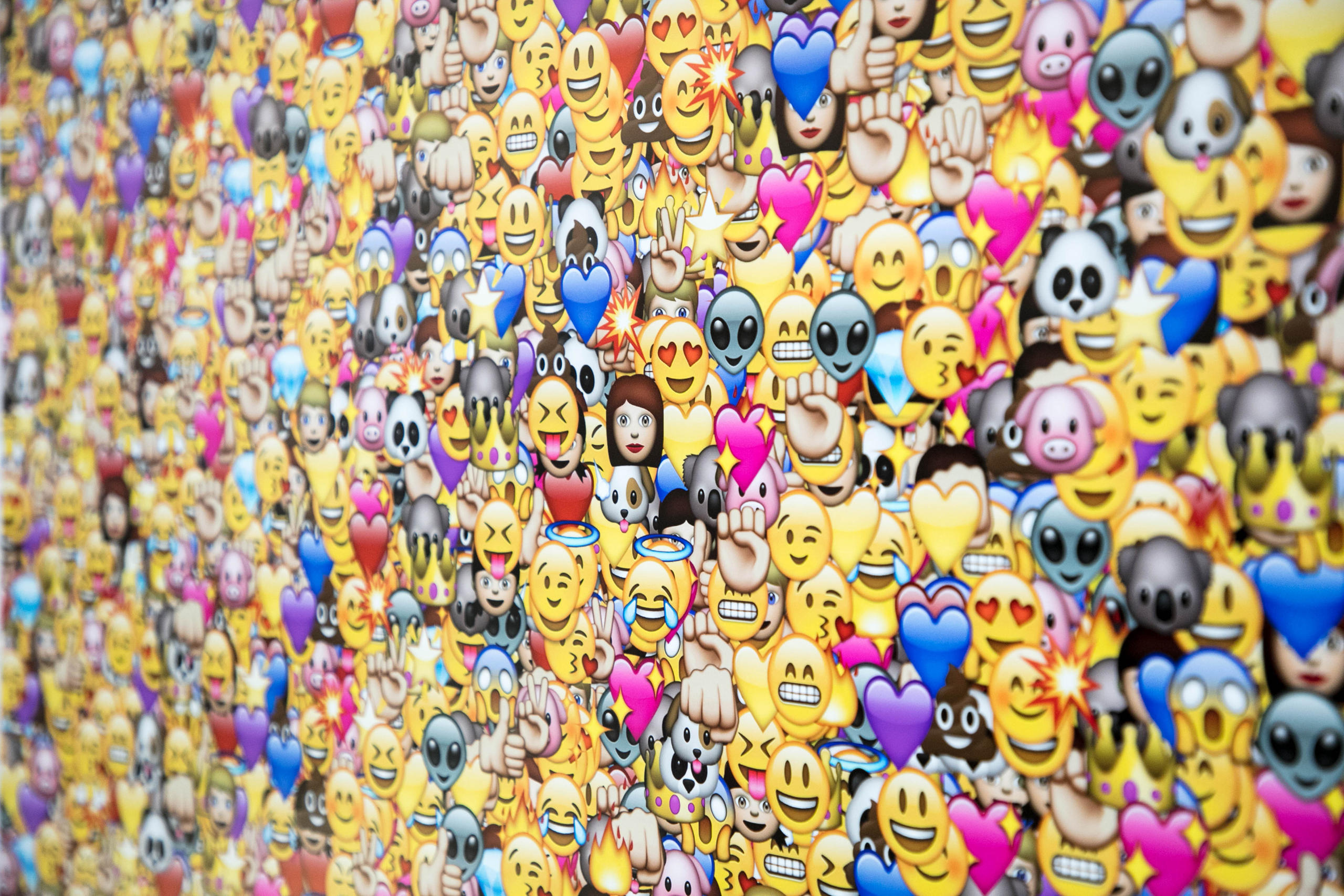
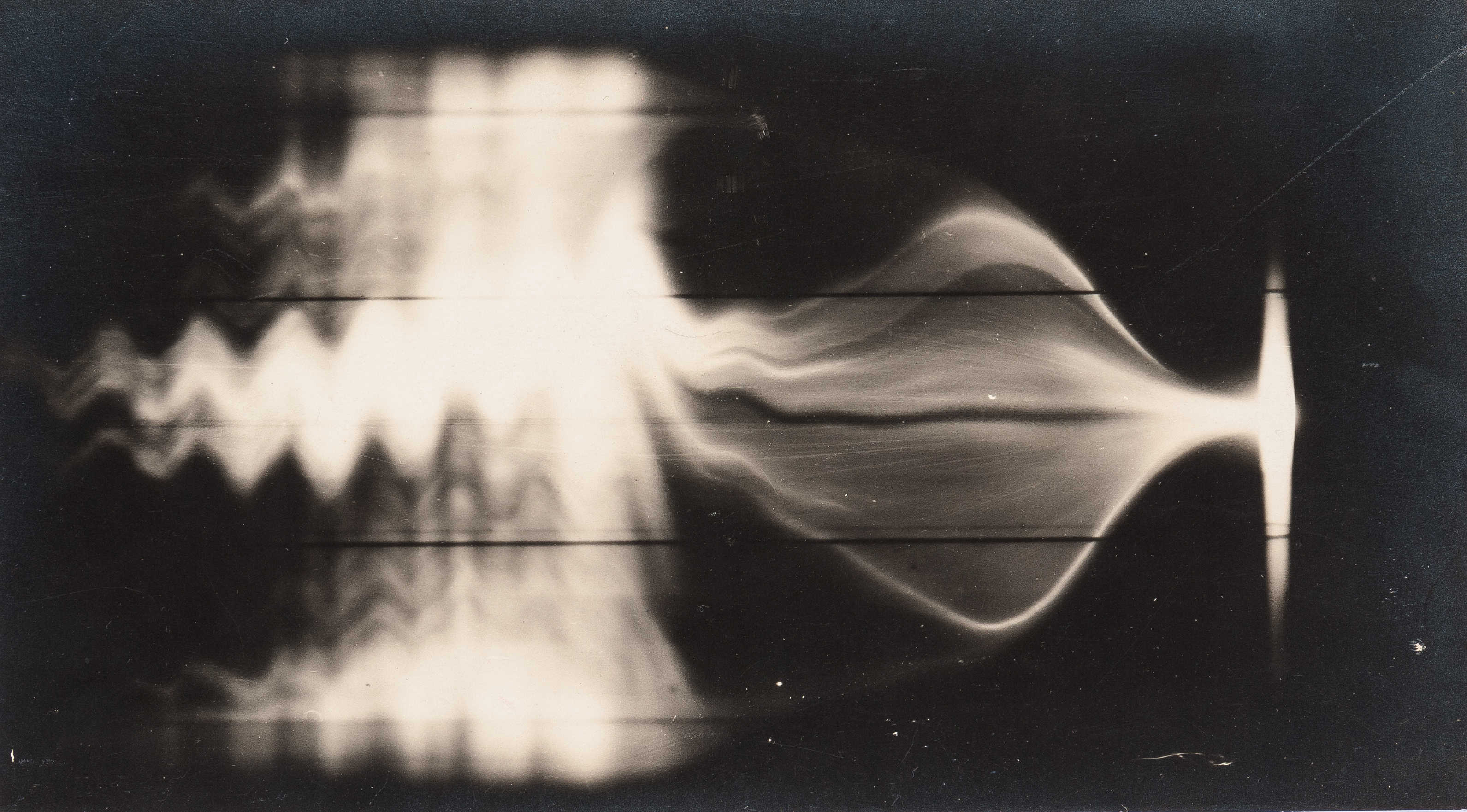
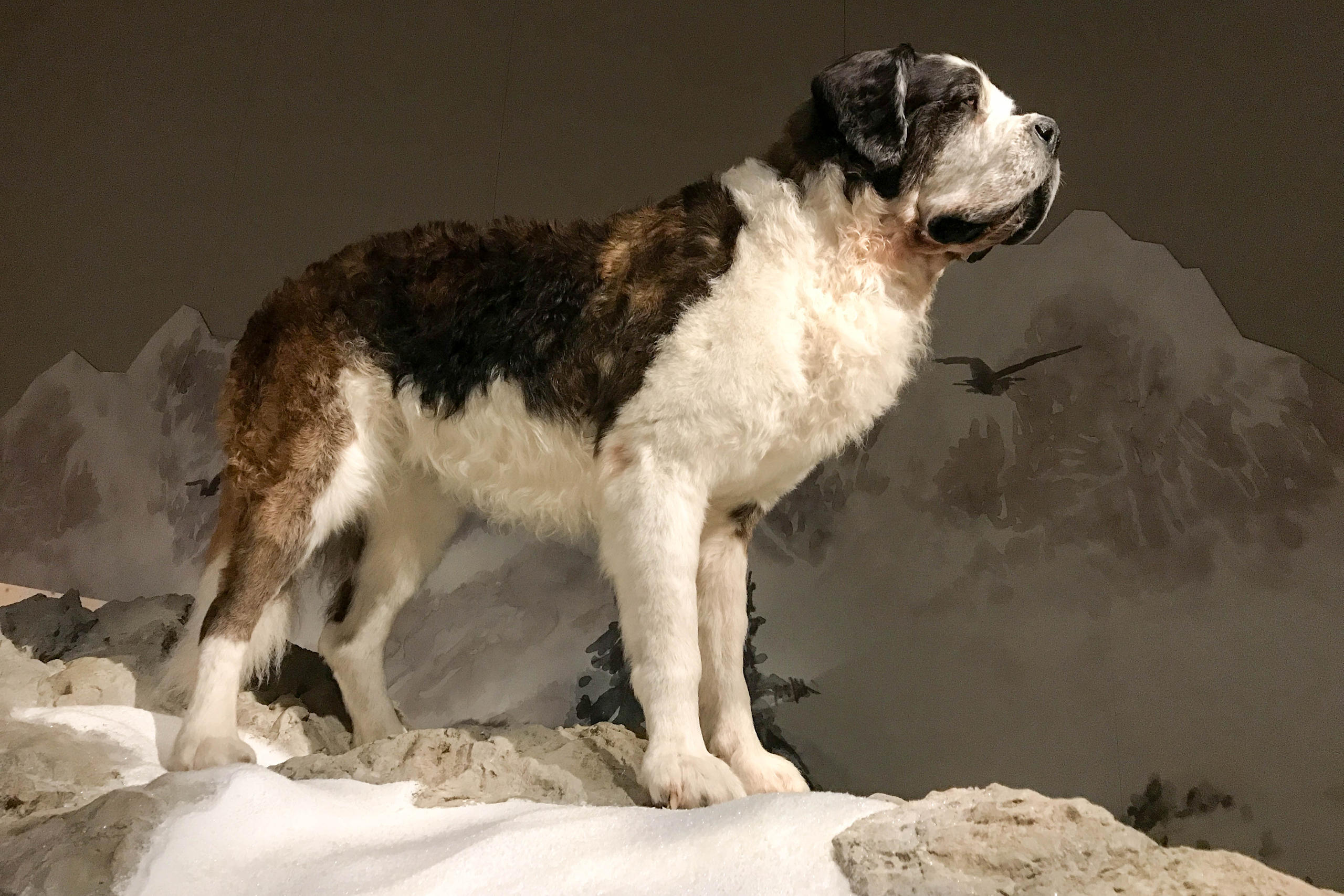
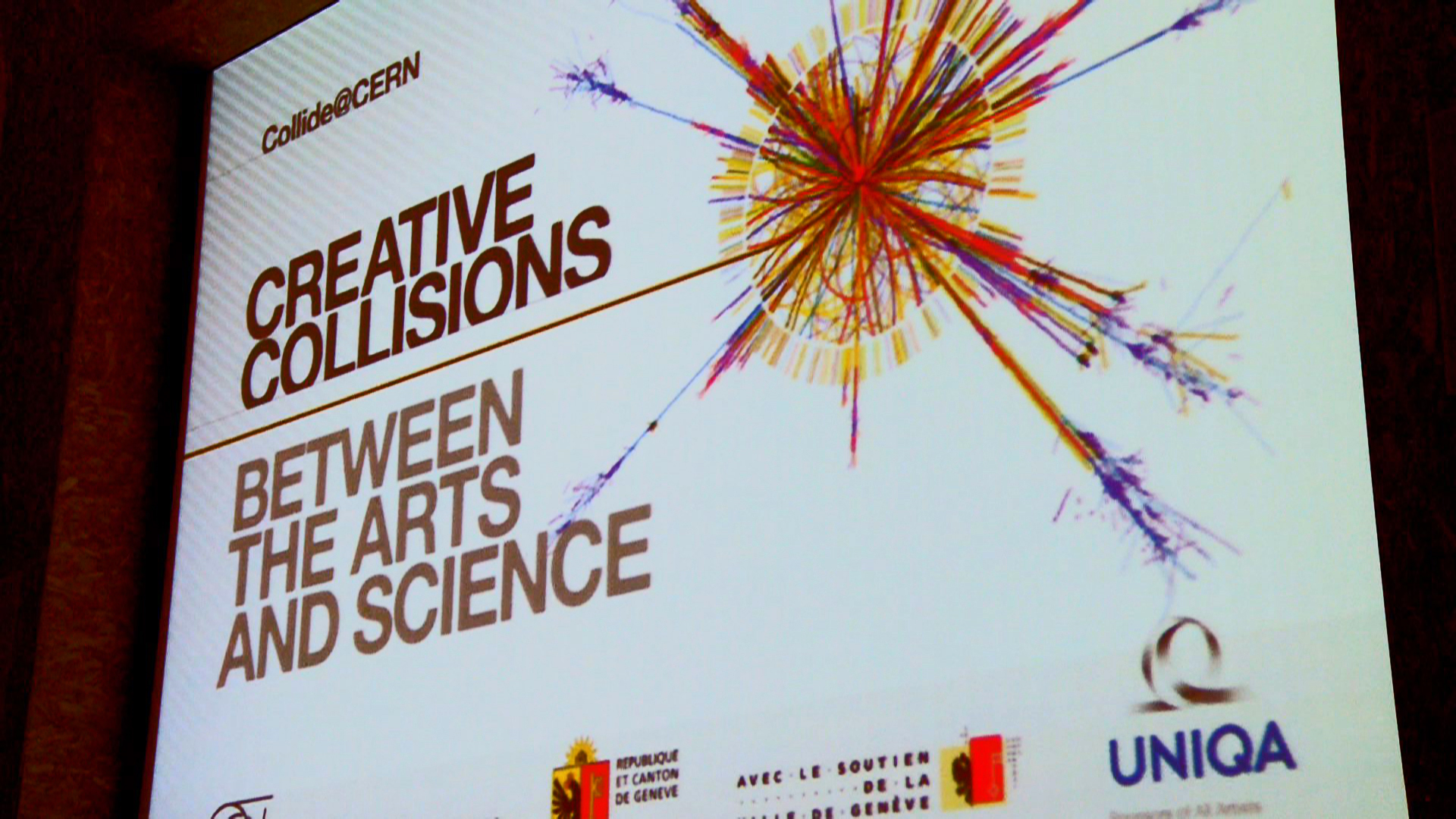
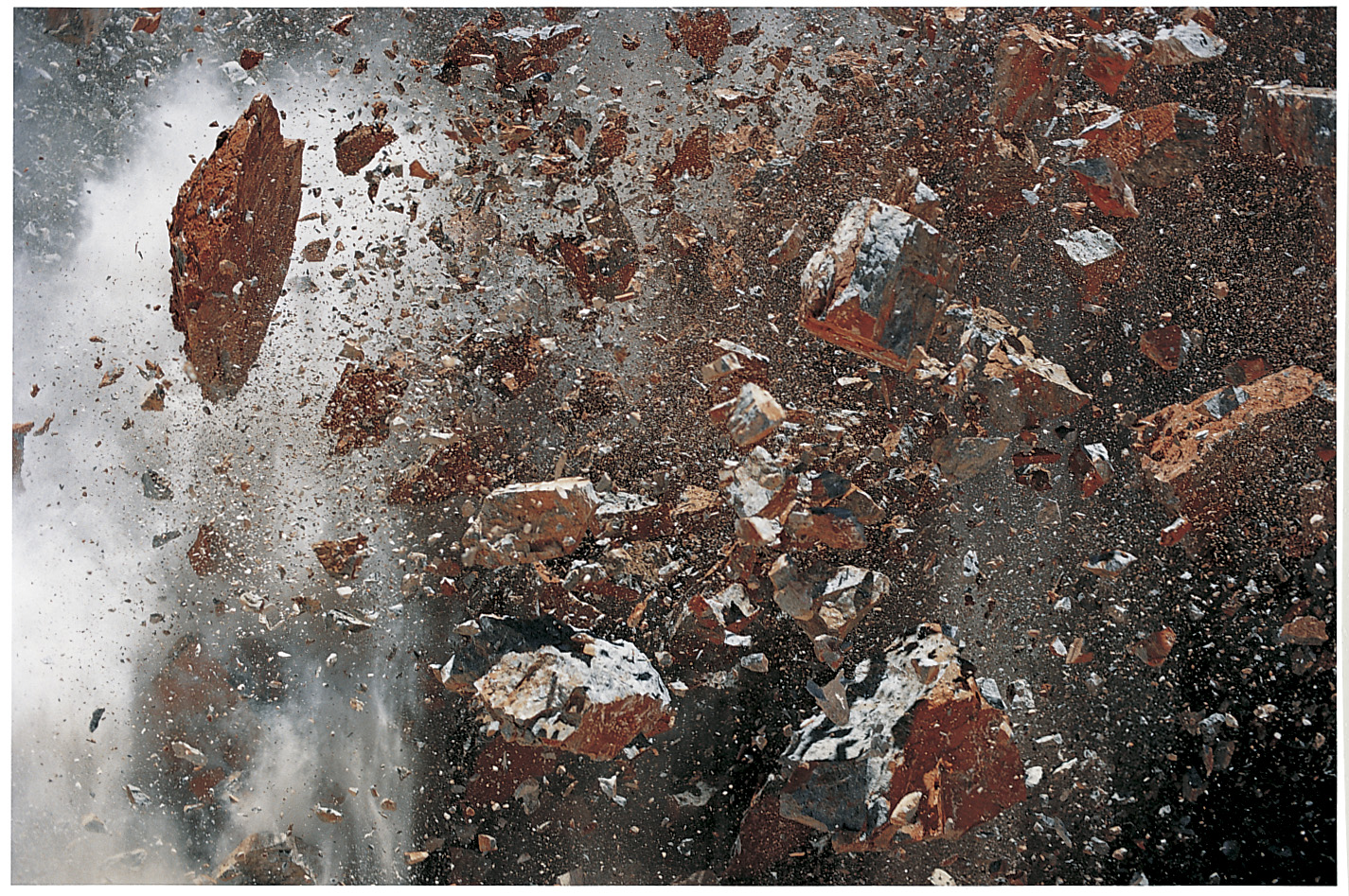
You can find an overview of ongoing debates with our journalists here. Please join us!
If you want to start a conversation about a topic raised in this article or want to report factual errors, email us at english@swissinfo.ch.